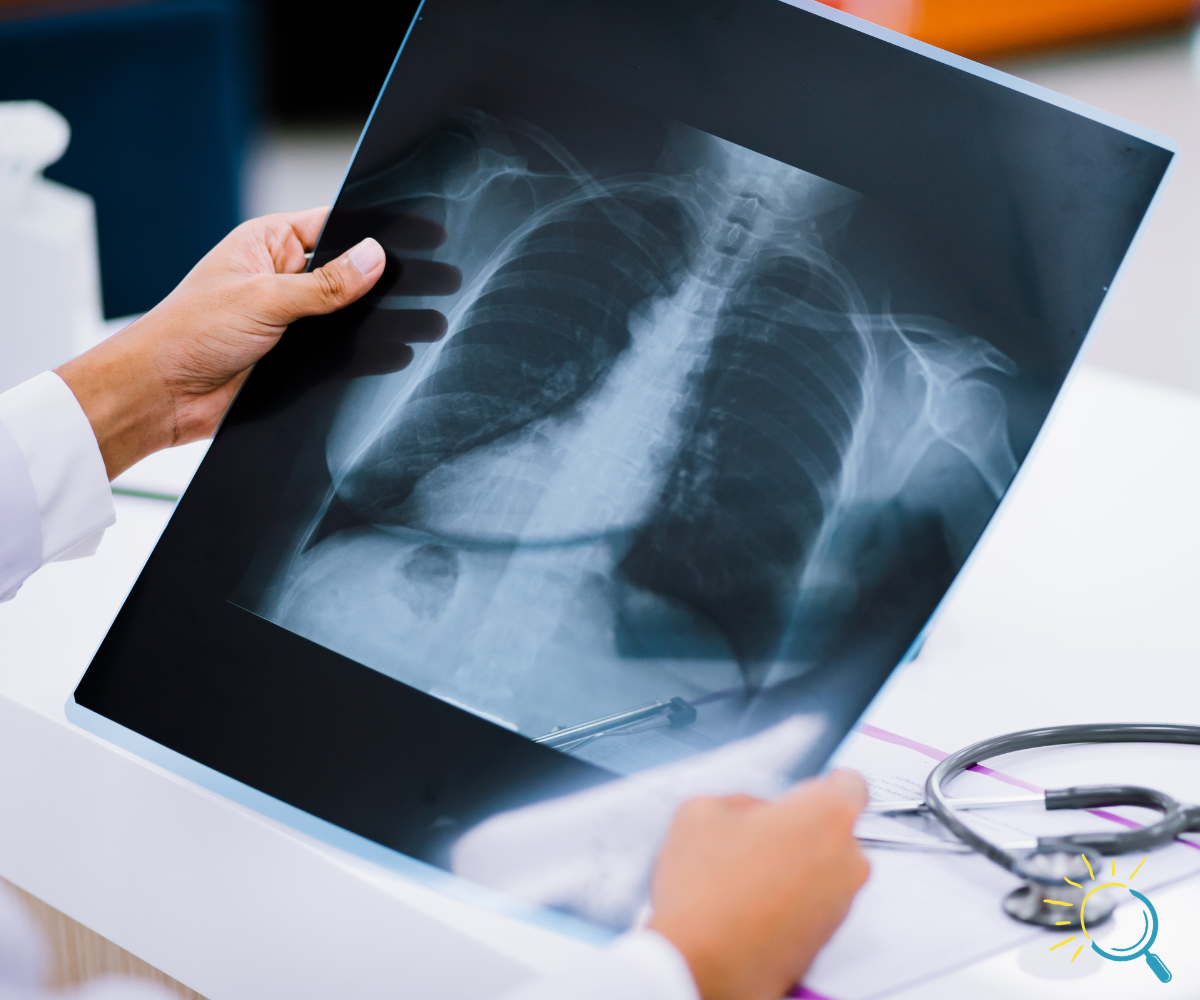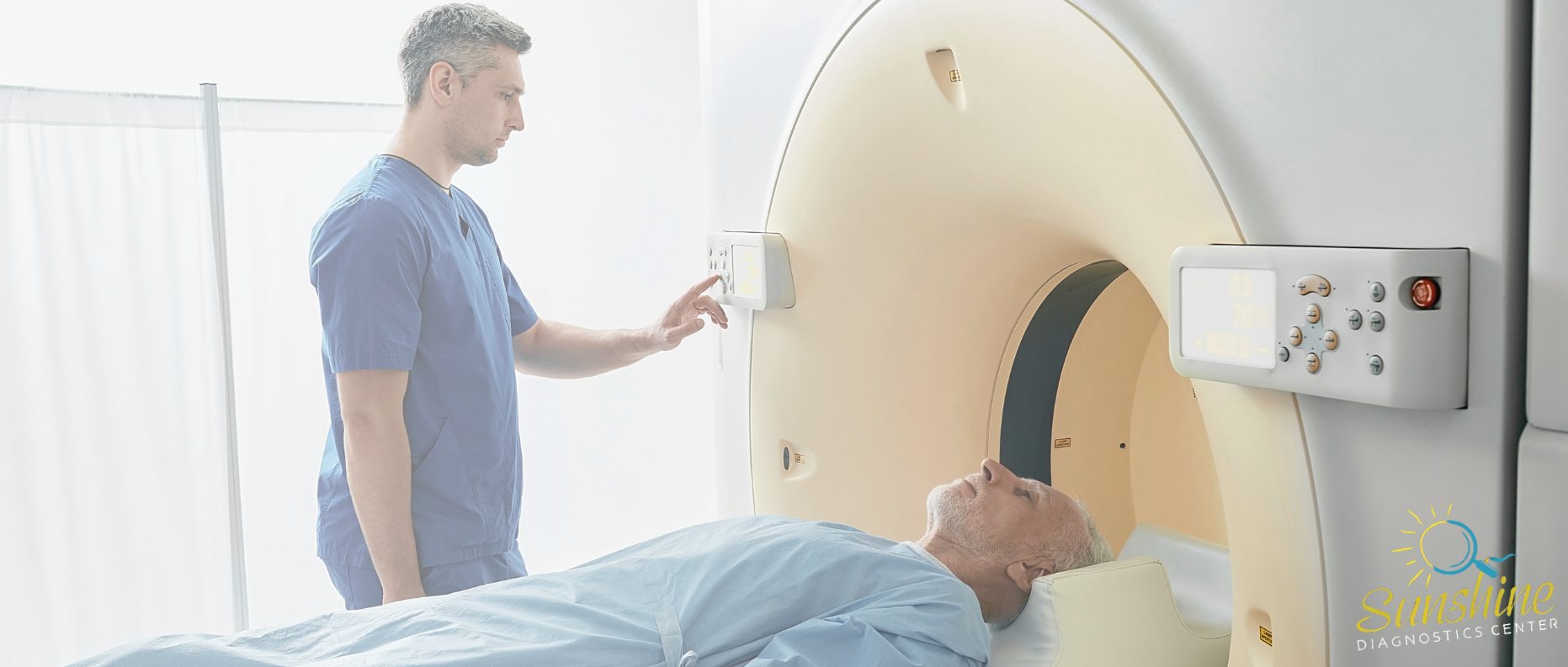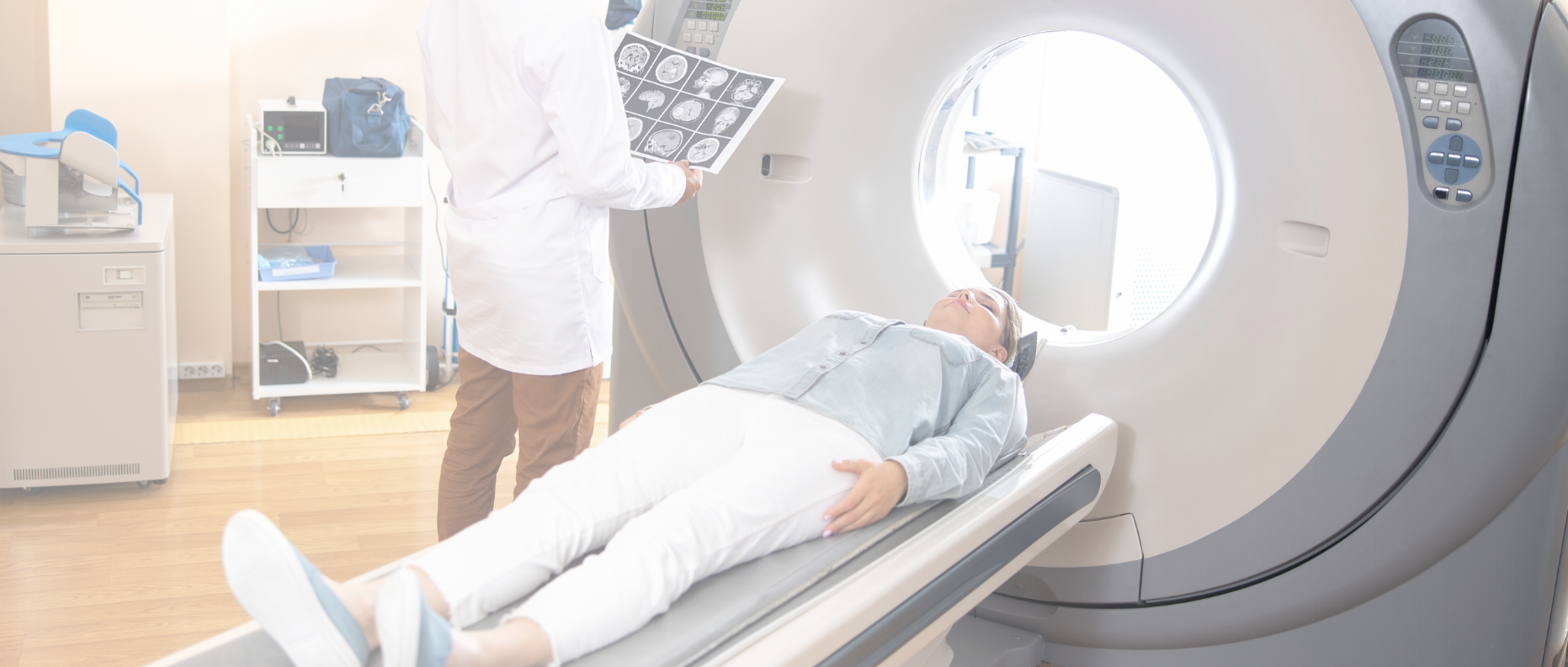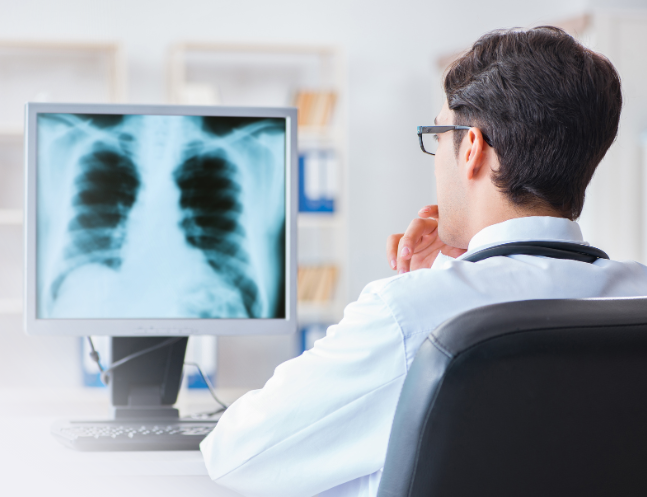When it comes to staying on top of your health, access to reliable diagnostic imaging is essential. In Deltona, FL, patients need clarity, speed, and accuracy — which is exactly what a quality imaging center should offer.
What Is Diagnostic Imaging?
Diagnostic imaging includes tests like:
- X-rays
- Ultrasounds
- CT scans
- MRI
- Echocardiograms & EKGs
These tests allow doctors to see inside the body without invasive surgery, helping to diagnose conditions, monitor progress, or guide treatment plans.
Why Local Matters: Deltona, FL
Being in Deltona means:
- Less travel time for patients
- Faster same-day appointments
- Familiarity with community healthcare needs
- Local insurance / billing knowledge
What Makes a Great Diagnostic Imaging Center
Here are some things to look for:
- State-of-the-art equipment — modern machines give clearer images and more accurate results.
- Experienced and caring staff — technicians and radiologists who guide you, make you comfortable.
- Quick turnaround on reading & reporting results.
- Transparent pricing and insurance cooperation — no surprises.
- Convenient location & access.
Why Sunshine Diagnostic Center Stands Out
At Sunshine Diagnostic Center, we combine all these advantages for our community in Deltona. Our facility offers advanced diagnostic imaging services with fast, accurate results. Whether you need an X-ray, ultrasound, or direct access to specialized imaging, we’re ready to help with:
- Minimal wait times
- Personalized patient care
- Affordable pricing
If you’re searching for diagnostic imaging in Deltona, FL, let us be your local answer. To schedule an appointment or learn more, check out Sunshine Diagnostic Center’s Diagnostic Imaging in Deltona, FL.




